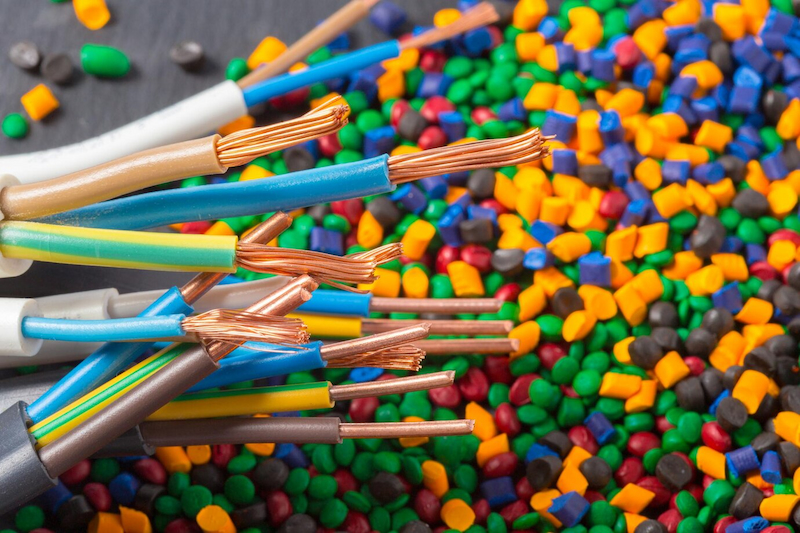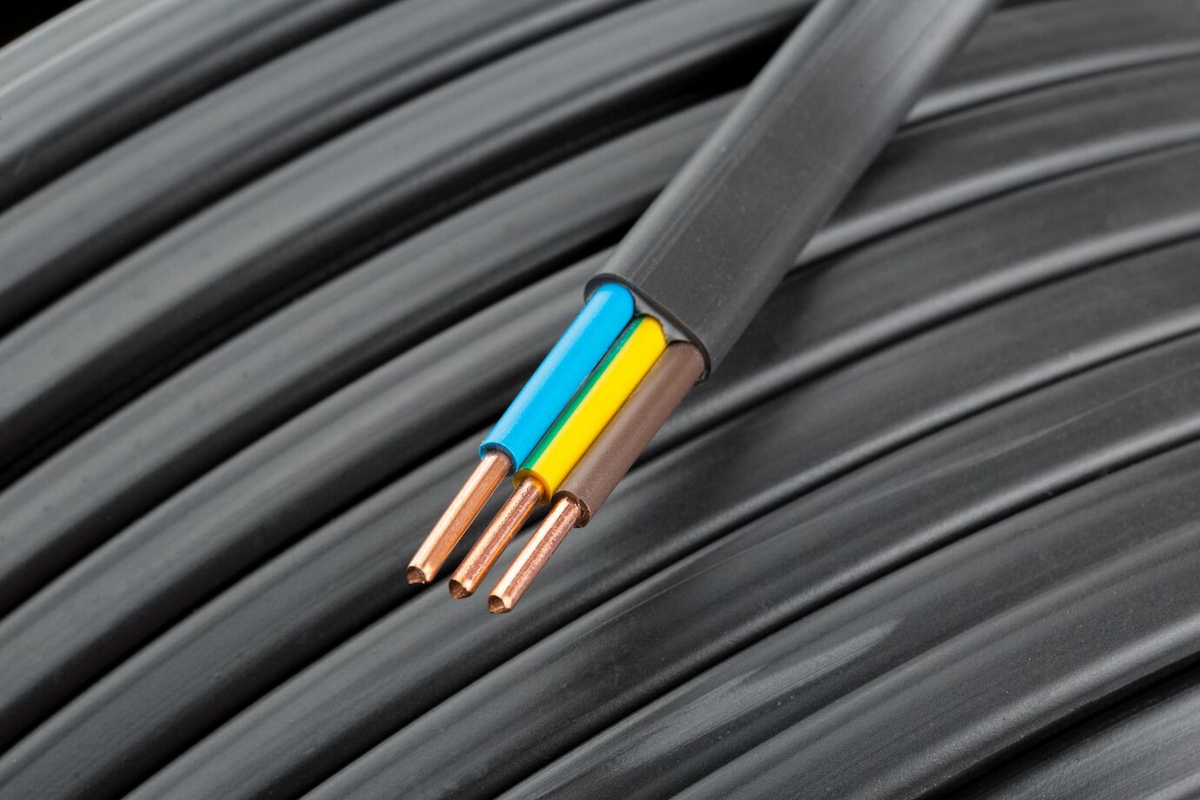The 1800s were a time when a lot of groundbreaking discoveries and inventions were made one of which was the making of cables. Back then they were only used to transfer power over short distances. Over the centuries electrical cables have become more versatile and also longer lasting, especially with the use of polymer-based insulation.
Nowadays cables are a rather important aspect of our ever-connected world. Be it for electricity, telecommunications, machinery or for data transfers they are all around us. There is no industry that doesn’t make use of cables in one way or another. You could say that cables have become the cornerstone of our information-rich lives.
Types of Power Cables

Shielded
A shielded power cable is one that is protected from both EMI and RFI and thus it’s commonly used in electronic systems. These cables can be used in applications where the need for high signal integrity is a priority. Shielded power cables can be found in data centres, audio and video setups, telecommunications, and industrial automation.
Ribbon
With ribbon electrical cables, you get an electrical power cable that uses parallel conductors, multiple ones too, in order to accommodate a diverse set of requirements. This bundle of conductors makes them extremely compact which is why they are often called flat cables and used in areas where free space is scarce.
Twisted Pair
A twisted pair cable is one that has its copper wiring twisted along each other’s length. This makes them usable in a multitude of communication applications as well as computer networks, and in telecommunication systems. Twisted pair cables are quite affordable and because of that alone, they are quite common nowadays.
Coaxial
You’ve probably heard of coaxial power cables before and if you haven’t you’ve definitely seen one as they are used with TVs, especially for satellite TV. This is thanks to their internal conductor which is coupled with metal shielding and an external insulator. Coaxial cables are thus able to transmit high-frequency signals over long distances.
Fibre Optic
The latest advancement in cable technology is fibre optics. A fibre optic cable is one that relies on strands of glass or plastic fibres which are able to transmit data thanks to light signals. When it comes to high-bandwidth scenarios, fibre optic cables are the best solution.
Control
A control cable is made to be used in both fixed and mobile applications which is why they are often found in small appliances. Control cables can also be used to connect different parts in one piece of machinery as well as for signalling and control systems and for power supply connections.
Instrumentation
Just like control cables, instrumentation cables are rather flexible too. They can be used in data transmission where a high level of electromagnetic interference is present. Mostly instrumentation cables are used for the transmission of signals between different types of industrial equipment.
Solar
As you’d expect, a solar cable is one used to connect photovoltaic panels with each other or to a DC-AC converter. Their design makes them UV resistant and it gives them the ability to withstand high temperatures without degrading as quickly as other types of outdoor electrical cables.
What Matters in a Power Cable

Insulation
The type of insulation a power cable comes with will tell you a lot about the type of environment it’s made to be used in and how well it will withstand its rigours. Plastic and rubber insulation are a must since they can provide water resistance, heat resistance, flame resistance and retardancy as well as chemical resistance. You just have to choose the one with the correct properties for your needs.
Diameter
The diameter of a power cable may not be anything significant but it does help determine how well the cable is going to conduct or transfer data and electricity. The larger the diameter of the cable, usually the thicker the insulation and the more conductors it has. But larger cables are heavier and they often have higher resistance, however long distance connections still rely on larger diameter cables.
Voltage
The operating voltage, which is often found on the cable itself, represents the type of power cable you have. It can be a low, medium, or high voltage cable and the higher the voltage the the more power that can go through the cable. Keep in mind that higher voltage usually equals a more expensive electrical power cable and also a more rugged one.
Conductors
The material of the conductors also determines how well a power cable will be able to transfer electricity or data. There are two options here, aluminium and copper. Copper has high conductivity as well as electrical resistivity but it also costs more than aluminium. Aluminium conductors, on the other hand, have low electrical resistivity but also low conductivity.
Colour
Colour codes may have changed since 2001, but they are still quite important. For example, a black cable is rated for 40 to 60 amps and it refers to a hot or a live wire. White cables are rated for 15 amps and they are usually used to return power to service panels, which is why they’re often called neutral conductors.


Leave a comment